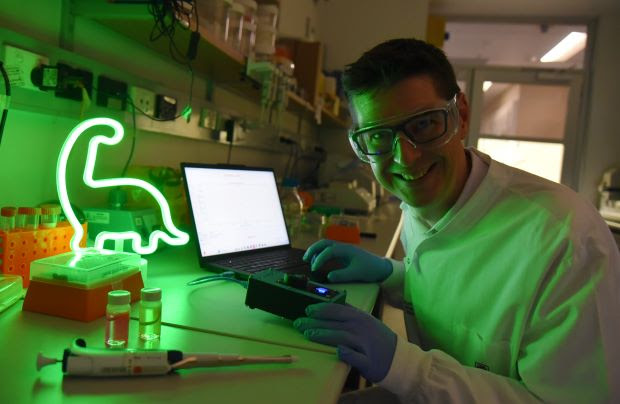Forget expensive laboratory equipment costing thousands of dollars – University of Queensland researchers have cracked the code for a DNA analysis device you can literally print at home for the price of a decent dinner out.
The Do-It-Yourself Nucleic Acid Fluorometer, cheekily dubbed DIYNAFLUOR, transforms genetic research from an exclusive club into a garage-friendly hobby. Dr Will Anderson from UQ’s Australian Institute for Bioengineering and Nanotechnology said the breakthrough tackles a wallet-busting problem, according to an announcement on Wednesday.
“We’re talking thousands of dollars for just one device,” Anderson said. “Many labs can’t afford that sort of outlay, especially in eDNA where many researchers have limited resources.”
The ingenious solution requires just $60 worth of electrical components, a basic 3D printer, and the determination to wield a screwdriver and Allen keys. Within a single day, budding scientists can assemble their own fluorometer that matches commercial models for accuracy and precision.
The magic happens when users mix DNA samples with fluorescent dye and pop them into the device’s sample well. A light beam triggers a glow-up from the dyed DNA, with brighter responses indicating higher concentrations – crucial intel for determining whether expensive sequencing tests are worthwhile.
“It’s about democratising science,” Anderson said on Wednesday. “I wanted to make something that anyone could access – whether you’re a researcher in a resource-limited lab, someone working in the regions or remote areas, or a student just starting out.”
The open-source build guide transforms basement tinkerers into genetic detectives, potentially revolutionising everything from disease detection to species identification without breaking the bank.
Picture: supplied



